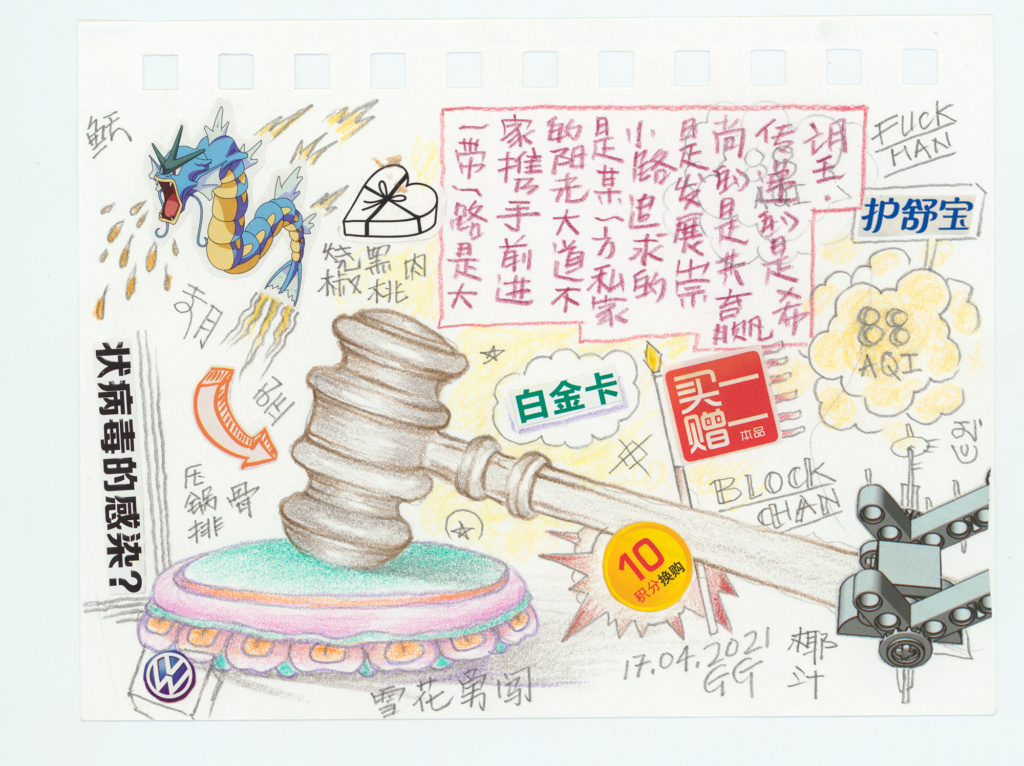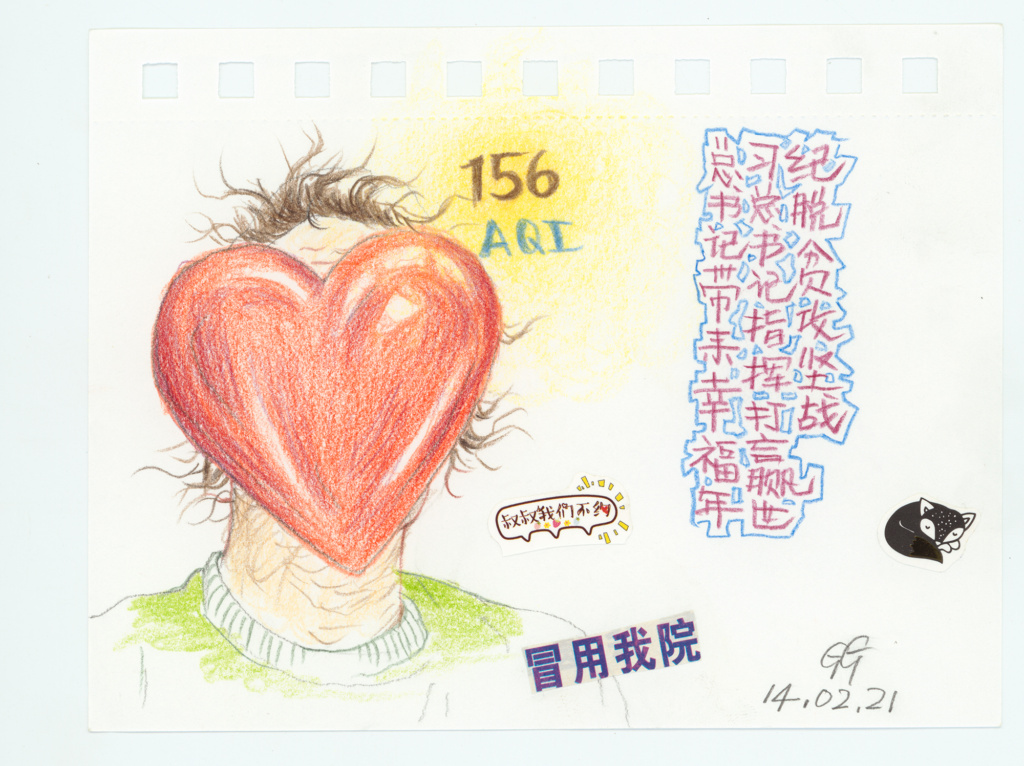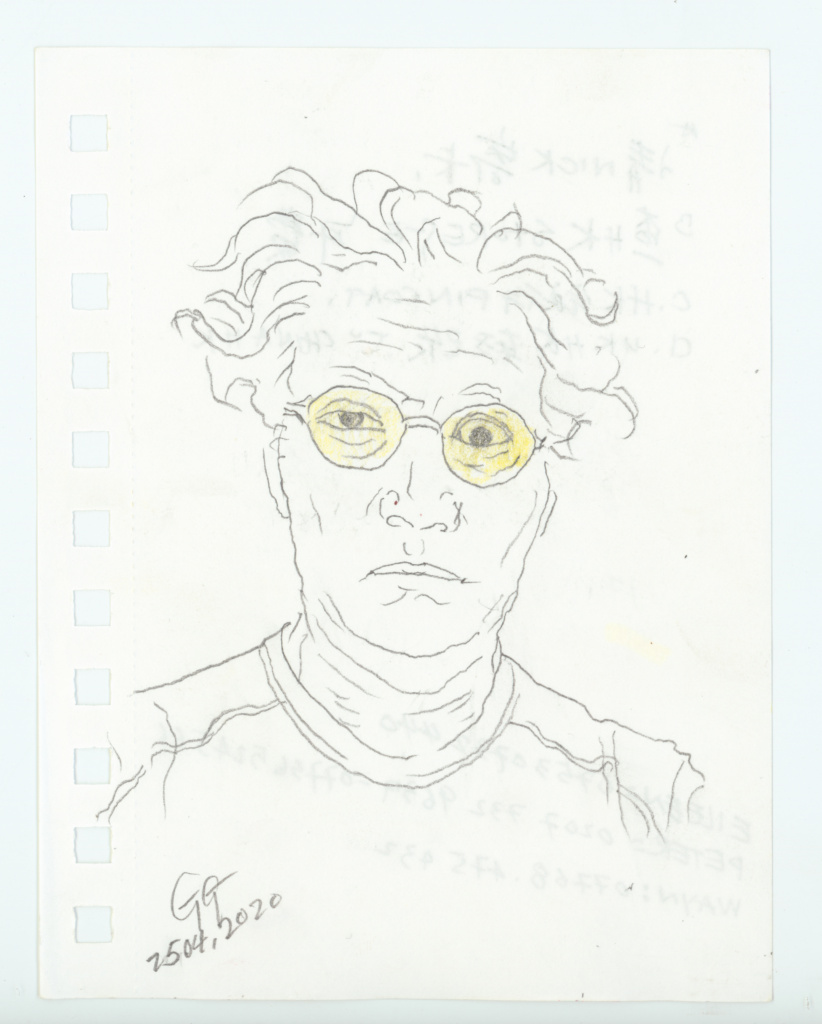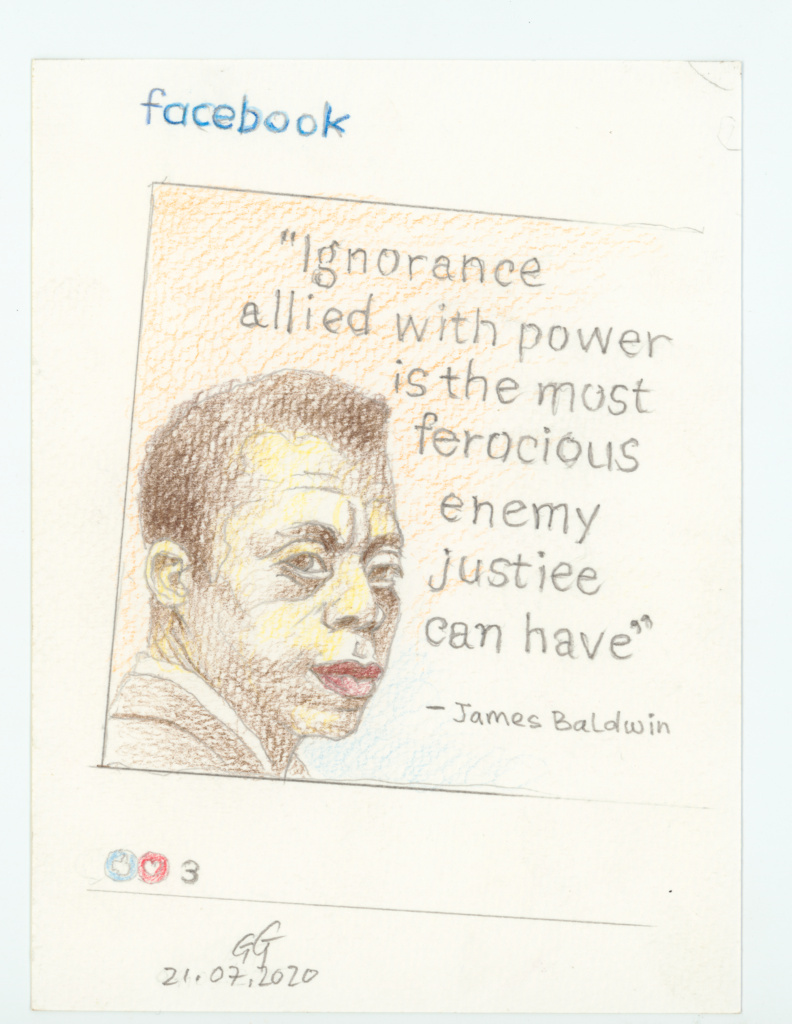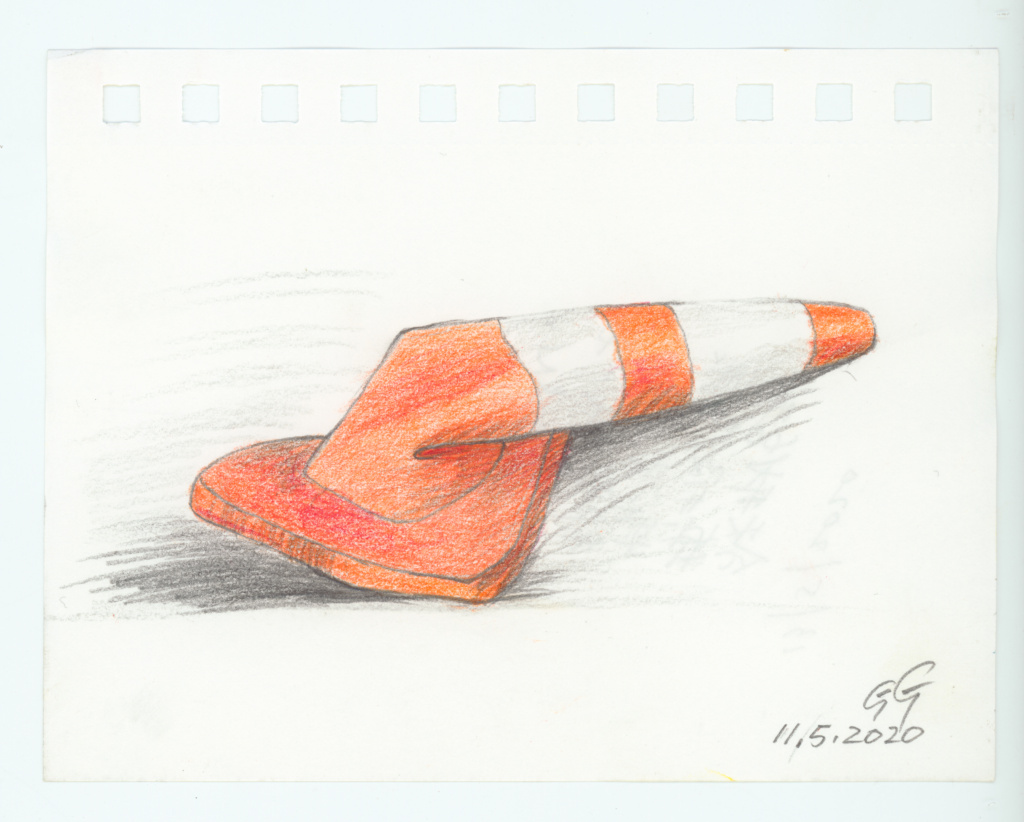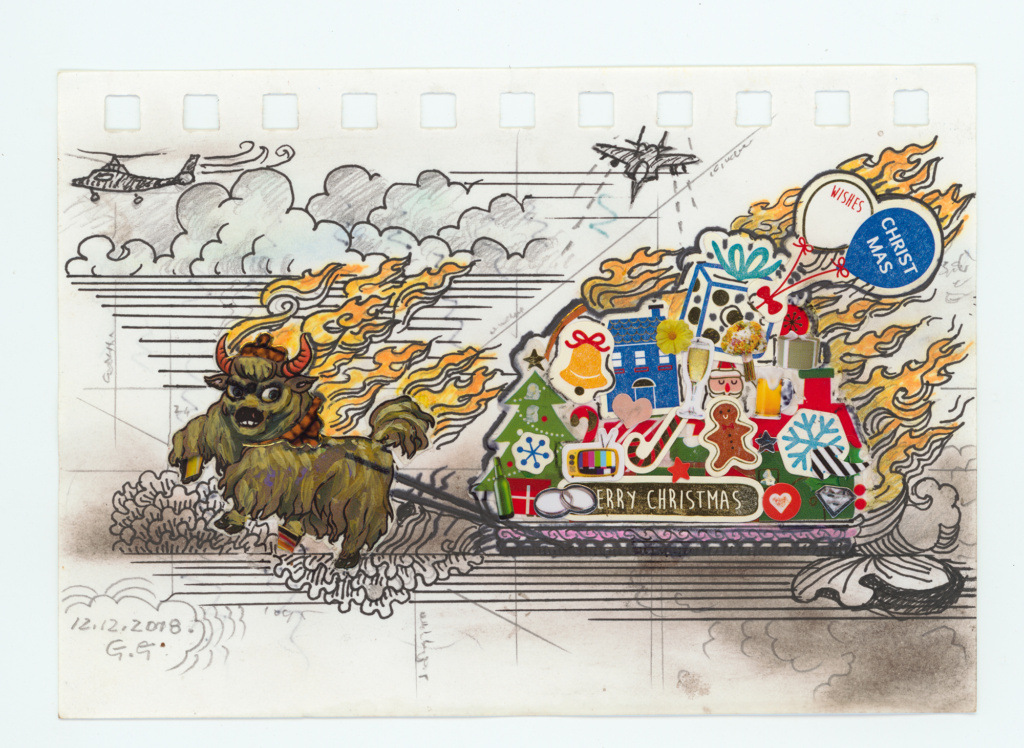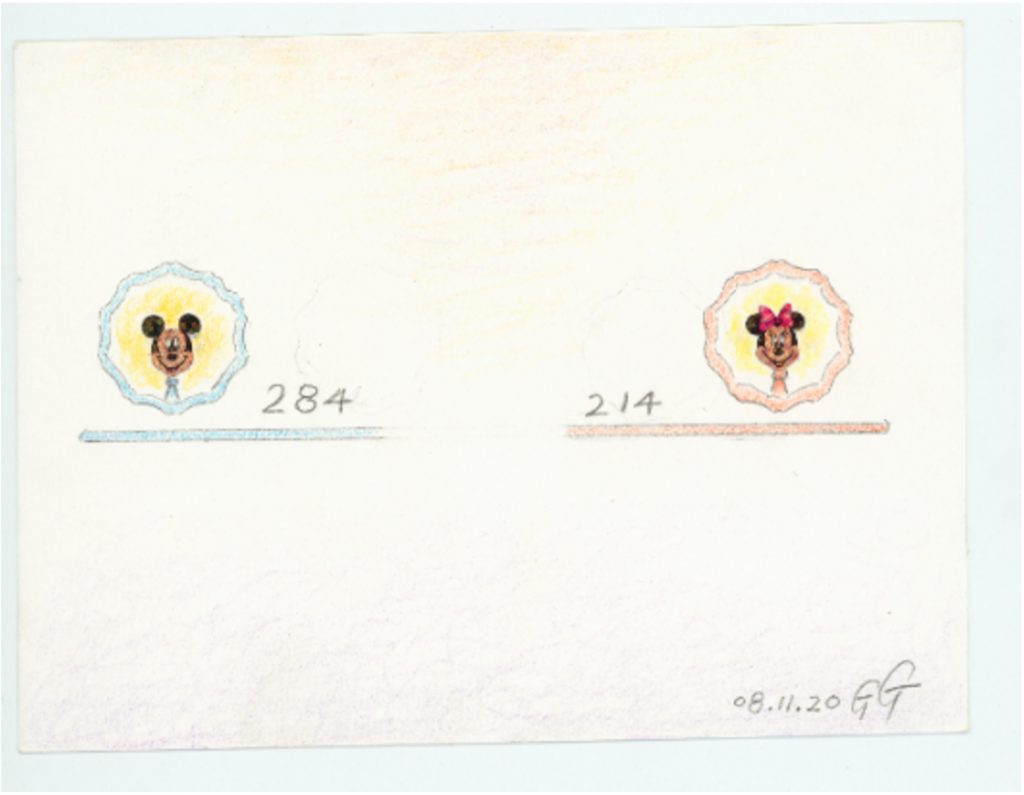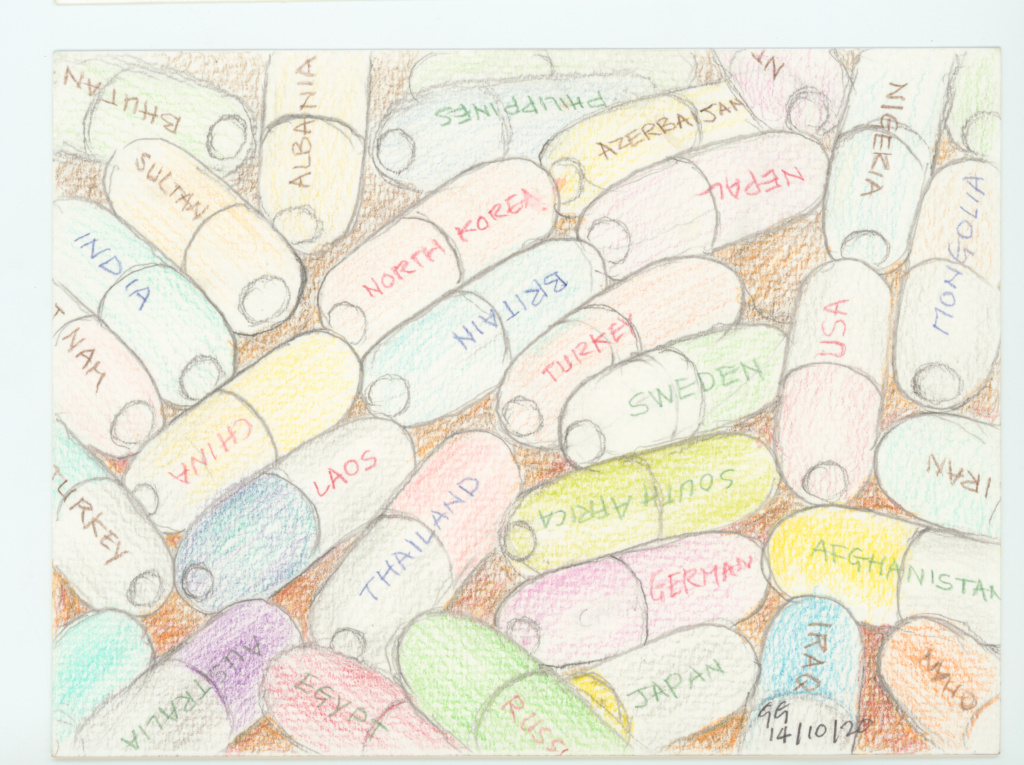Gonkar Gyatso: Intimacy and Immediacy
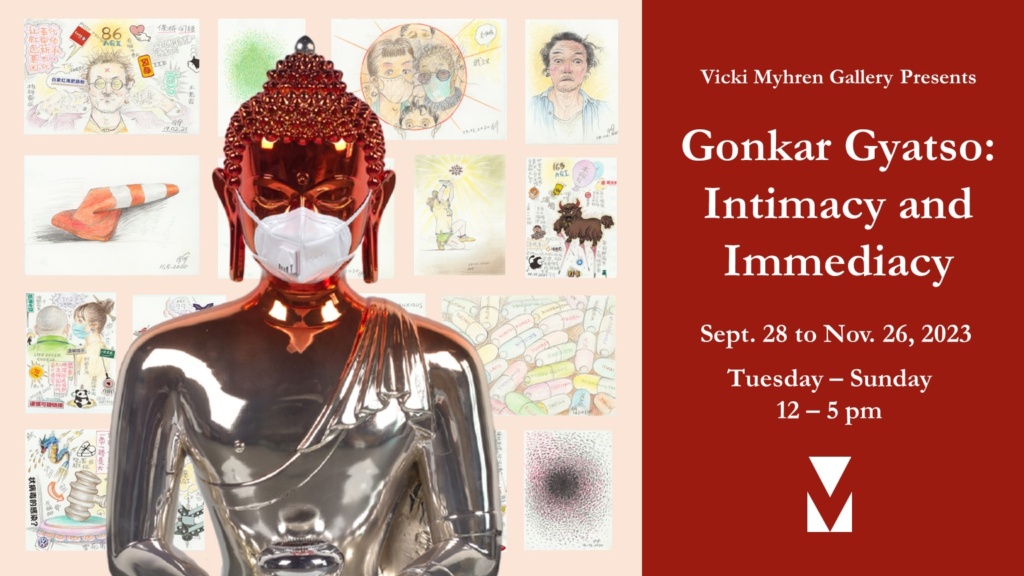
Curated by Sarah Magnatta
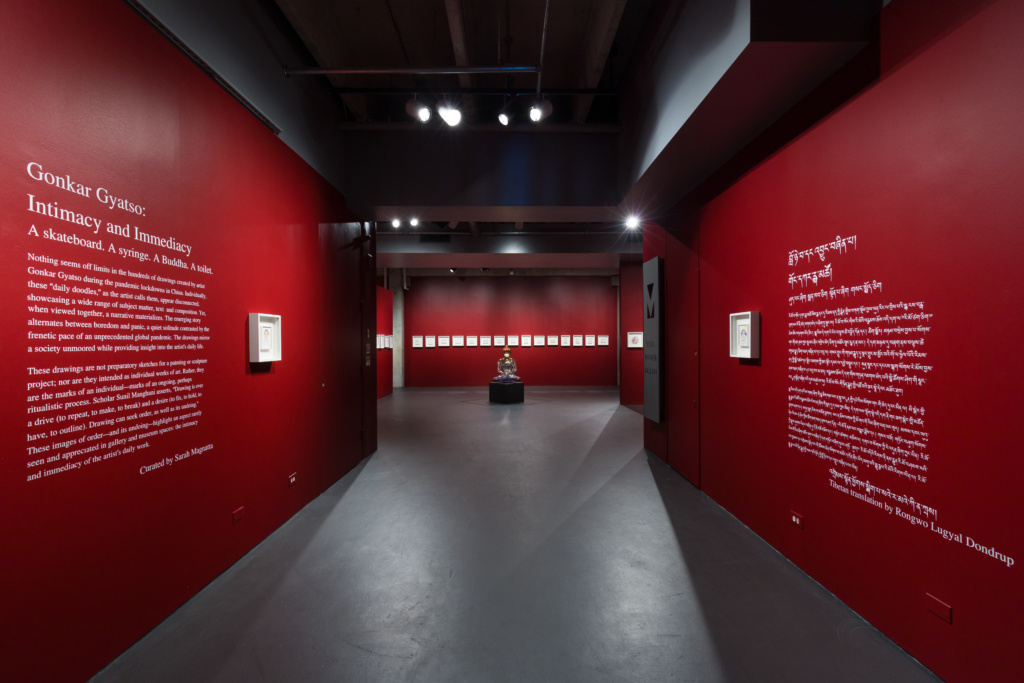
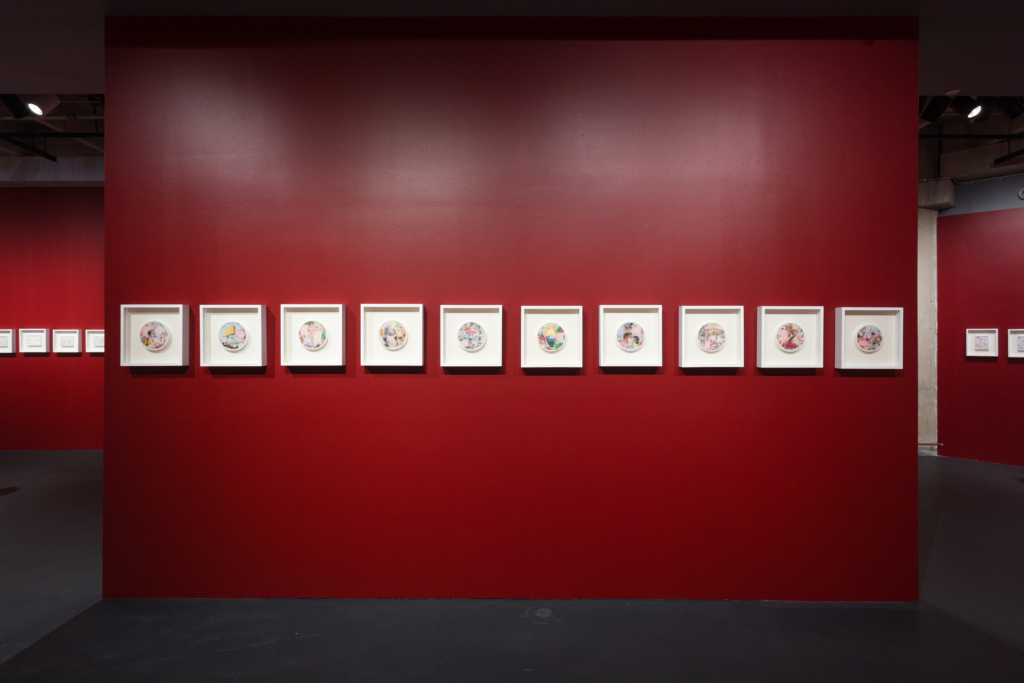
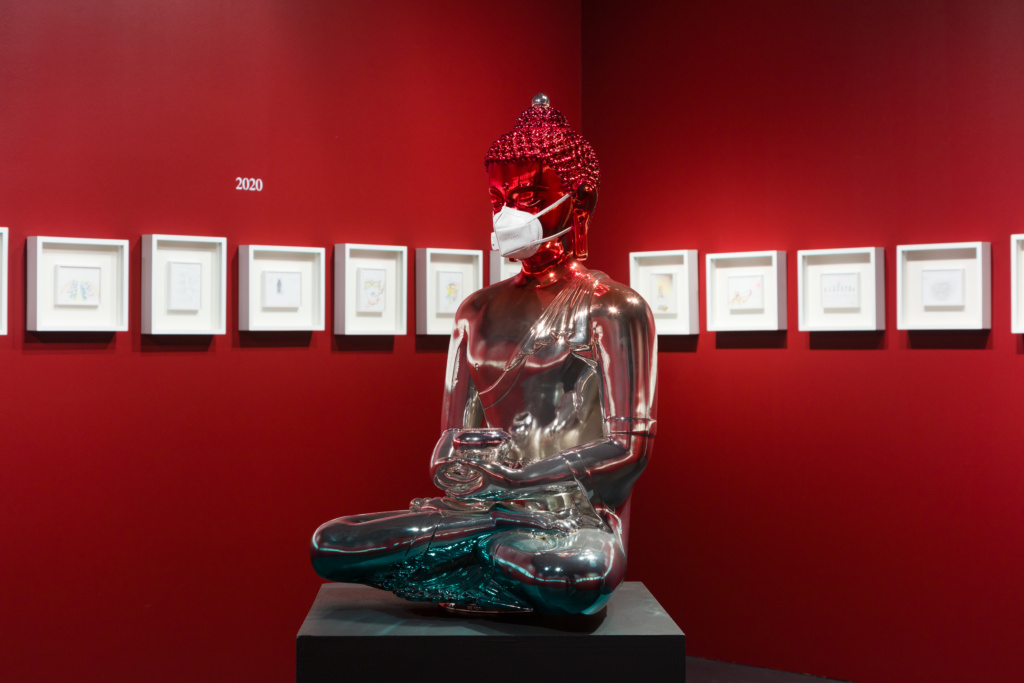
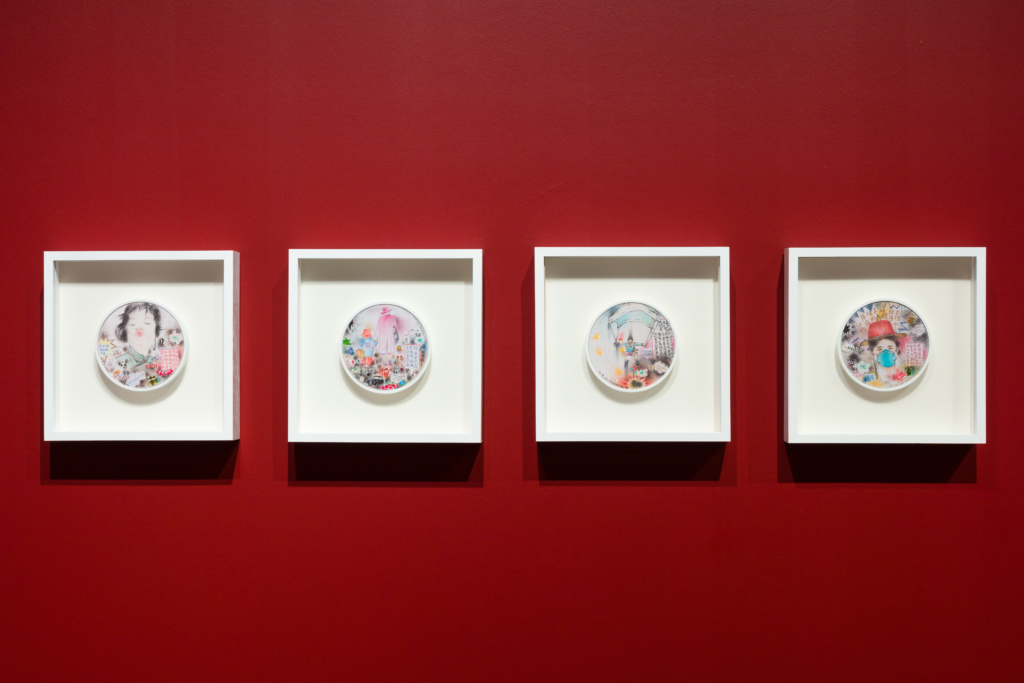
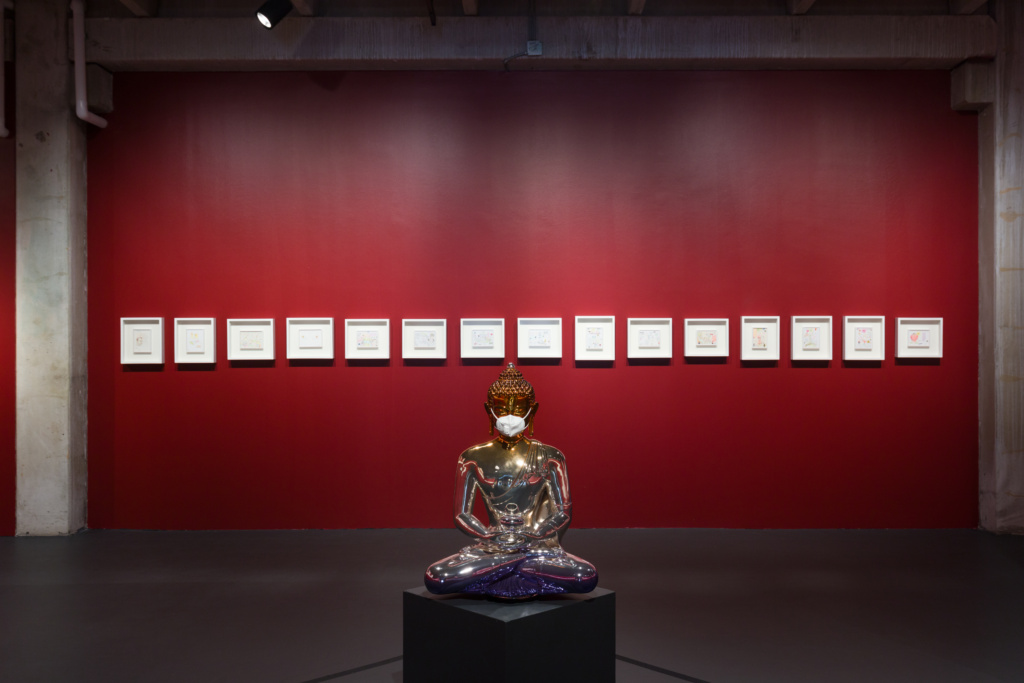
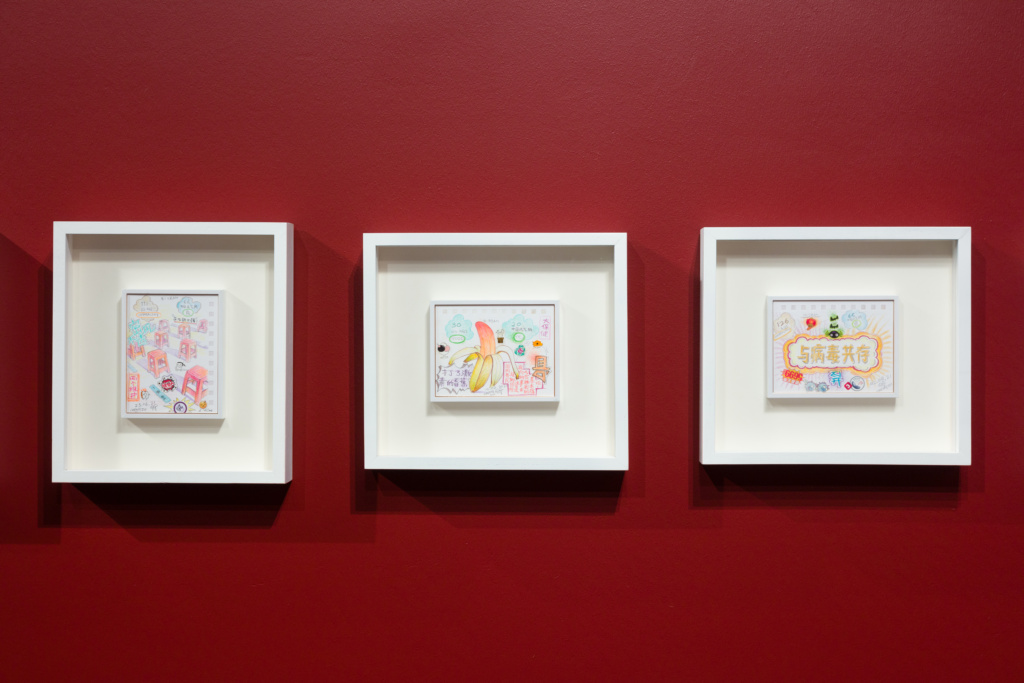
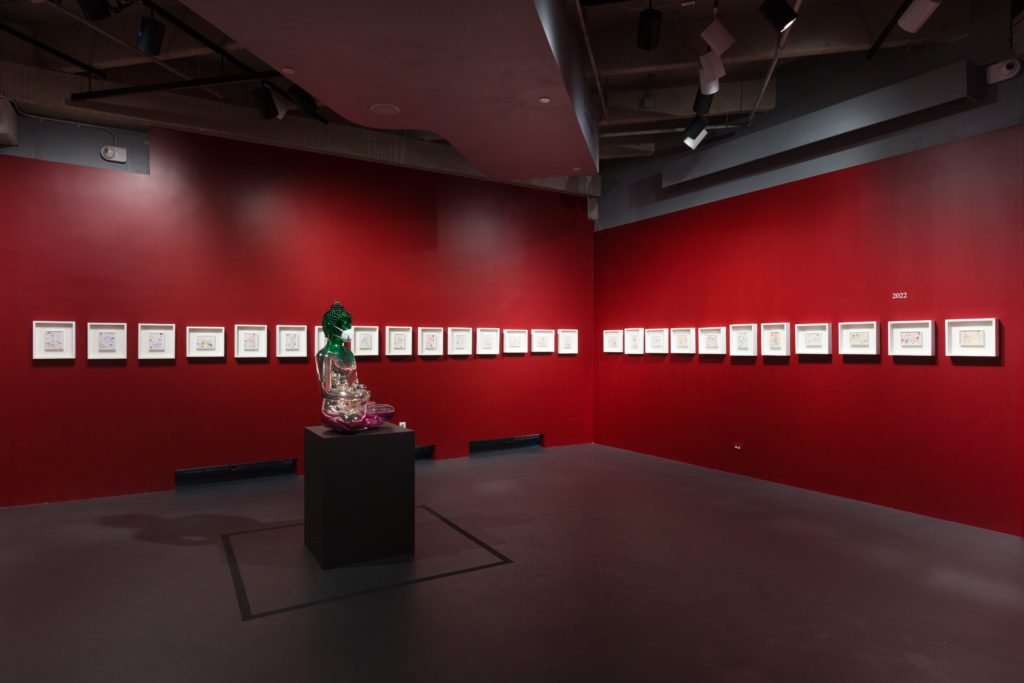
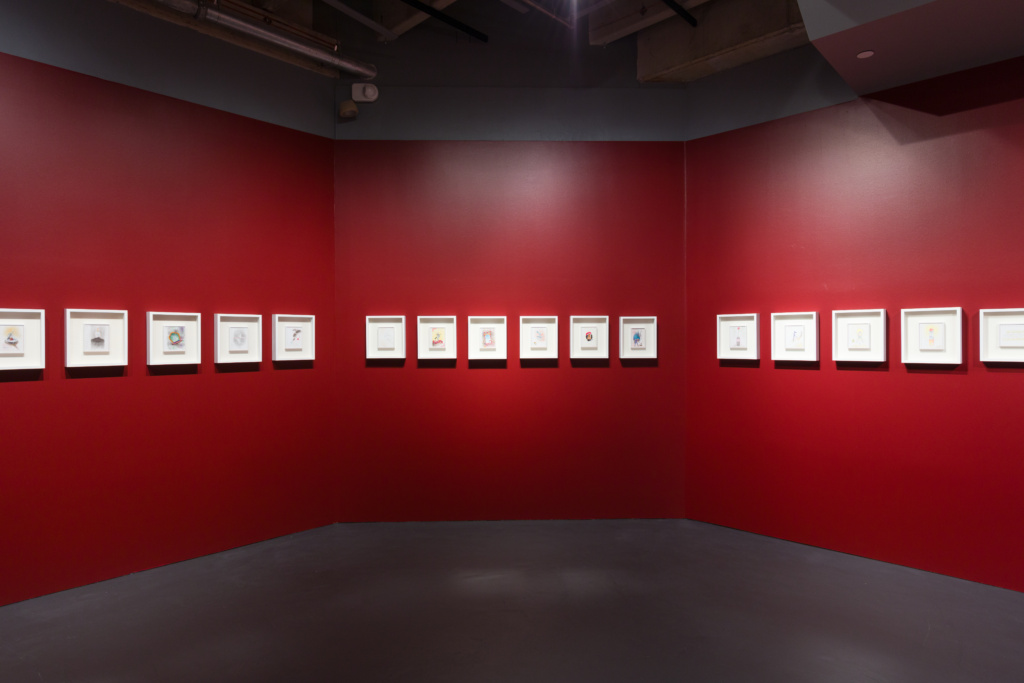
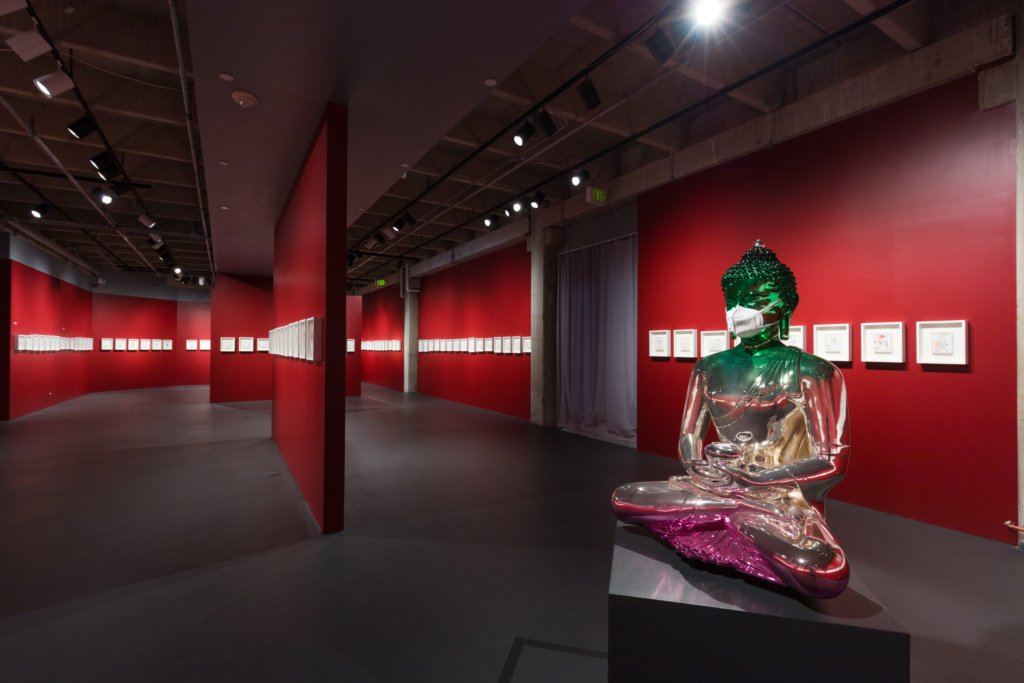
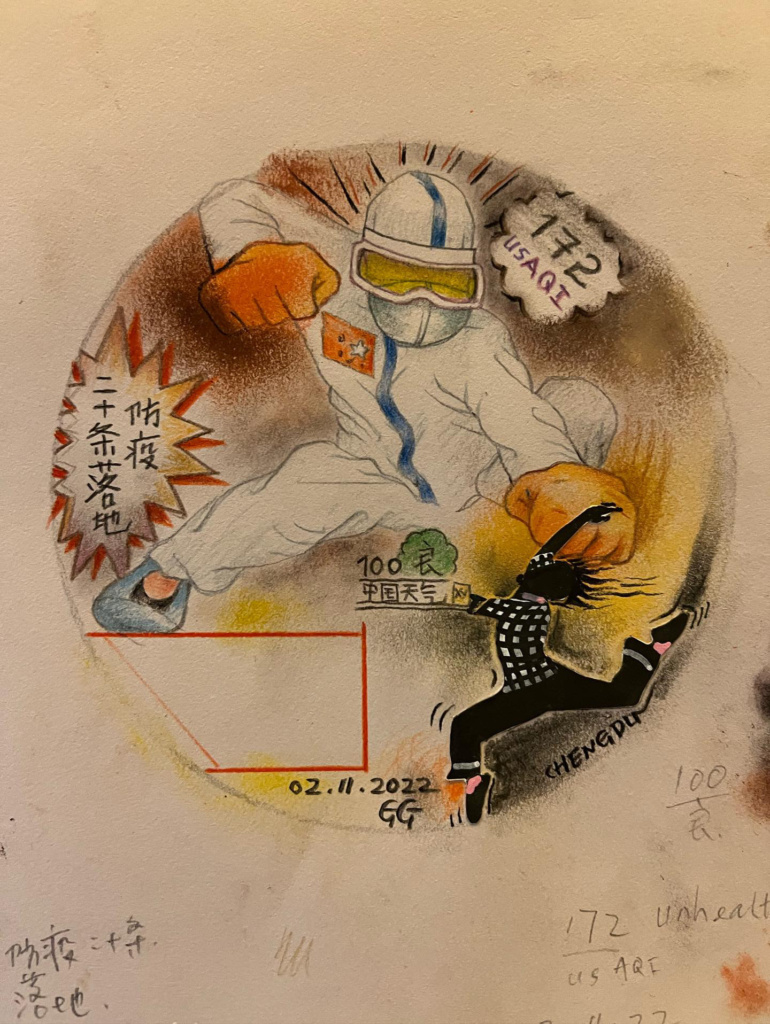
The Vicki Myhren Gallery at the University of Denver presents the work of acclaimed artist Gonkar Gyatso. In 2009, Gyatso became the first Tibetan artist to exhibit at the Venice Biennale and his work is collected in several international museums, including the Metropolitan Museum of Art in New York City. Gyatso has moved consistently throughout his career, often finding himself as the voice of Tibetan diasporic artists in New York City, London, and Dharamsala, India. At his current residence in Chengdu, China, Gyatso has faced the harsh restrictions of an almost three-year quarantine; it is only recently that political protests have forced a governmental acquiescence to the call for a reopening.
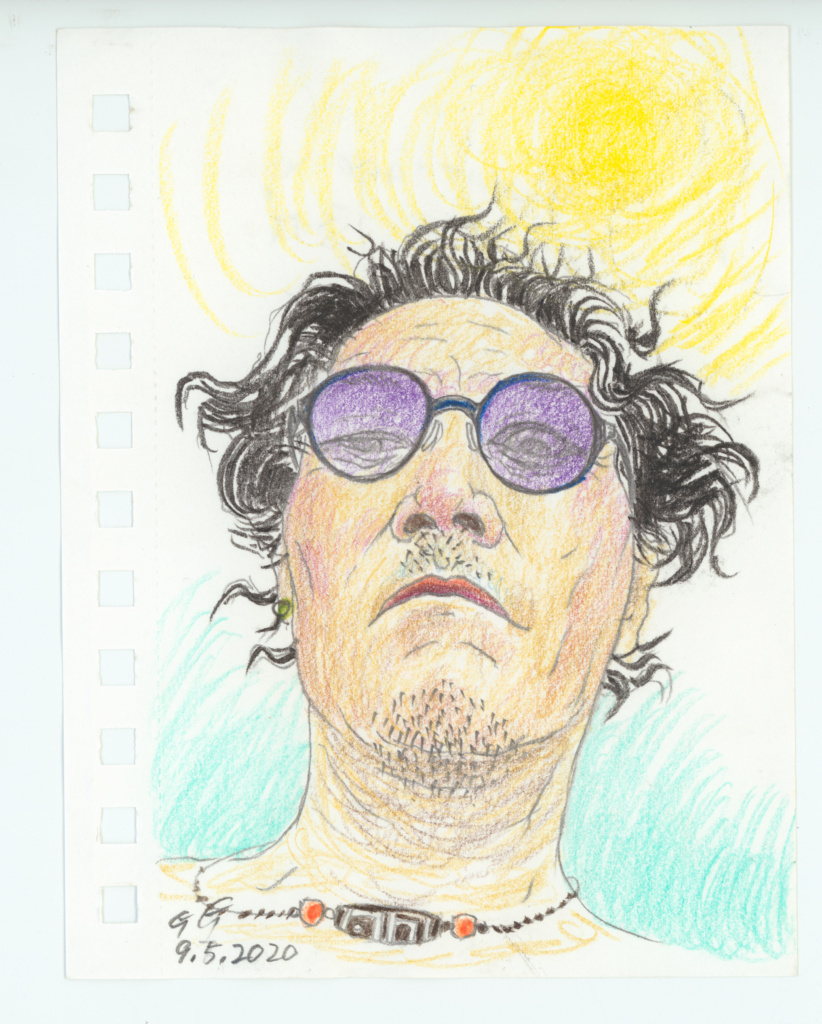
In this exhibition, the artist addresses the massive impact of COVID-19 (and its subsequent political implications), other global events, and personal reflections in his work as the gallery exhibits over 300 small drawings on paper for the first time. In addition to these drawings, the artist is constructing three new contemporary Buddha sculptures specifically for the DU exhibition with the help of a Tibetan-run foundry in Chengdu.
The exhibition will travel to Southern Utah University in Summer 2024.
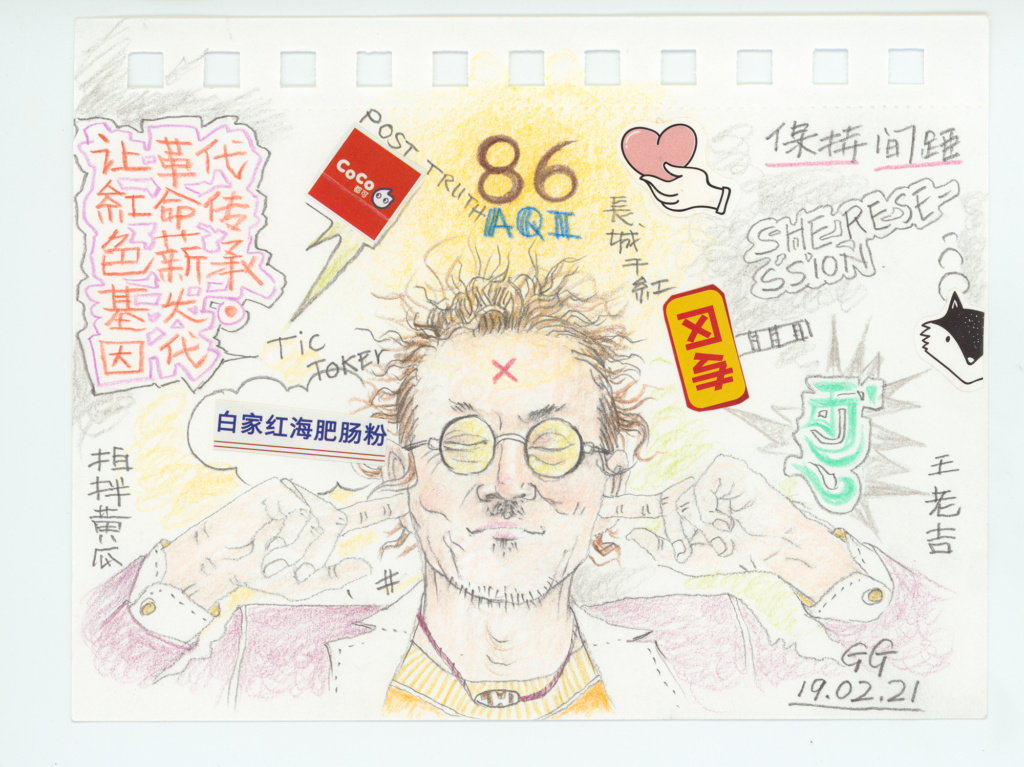
Read the catalog essay, “Daily Offerings,” by the curator Sarah Magnatta
Catalogs available for purchase at the Vicki Myhren Gallery
$10
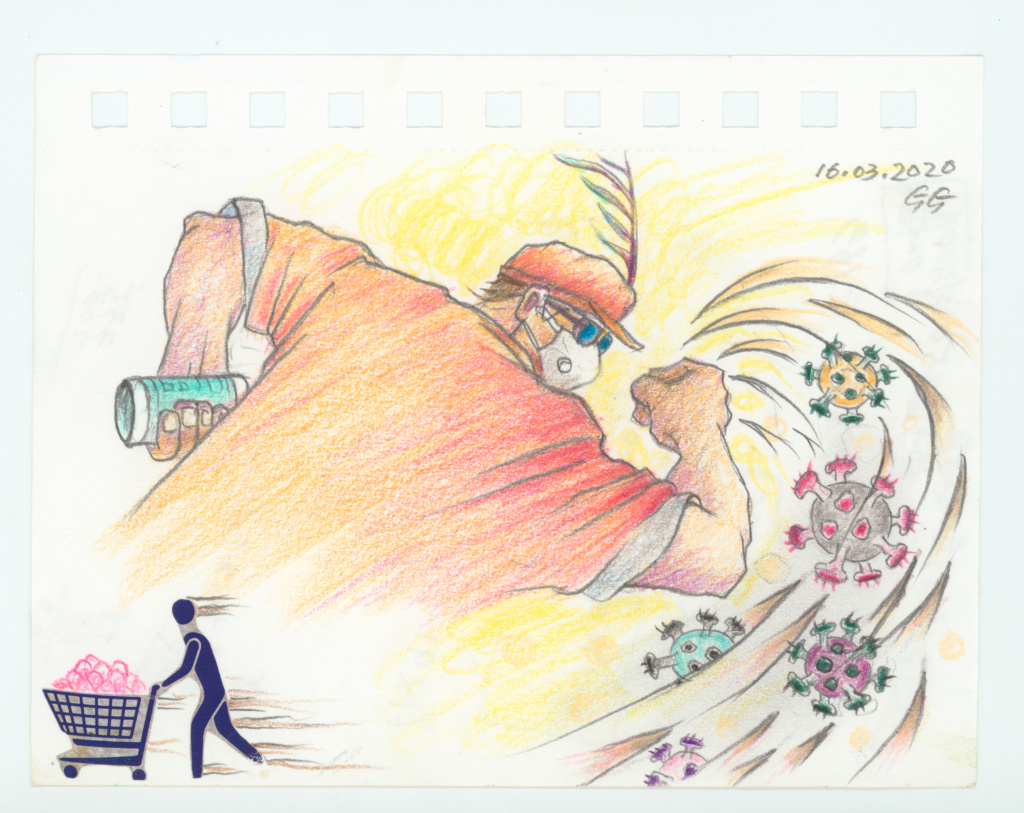
A skateboard. A syringe. A Buddha. A toilet.
Nothing seems off limits in the hundreds of drawings created by artist Gonkar Gyatso during the pandemic lockdowns in China. Individually, these “daily doodles,” as the artist calls them, appear disconnected, showcasing a wide range of subject matter, text and composition. Yet, when viewed together, a narrative materializes. The emerging story alternates between boredom and panic, a quiet solitude contrasted by the frenetic pace of an unprecedented global pandemic. The drawings mirror a society unmoored while providing insight into the artist’s daily life.
These drawings are not preparatory sketches for a painting or sculpture project; nor are they intended as individual works of art. Rather, they are the marks of an individual–marks of an ongoing, perhaps ritualistic process. Scholar Sunil Manghani asserts, “Drawing is ever a drive (to repeat, to make, to break) and a desire (to fix, to hold, to have, to outline). Drawing can seek order as well as its undoing.” These images of order–and its undoing–highlight an aspect rarely seen and appreciated in gallery and museum spaces: the intimacy and immediacy of the artist’s daily work.
